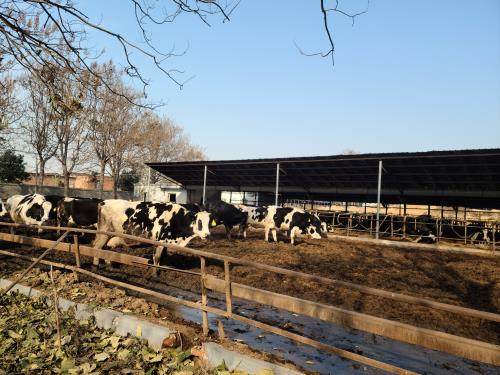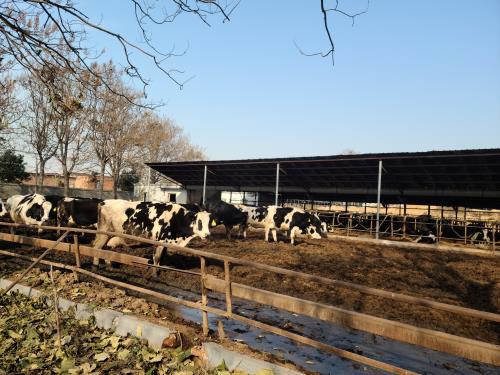Eye muscle area refers to the cross-sectional area of the longest dorsal muscle in livestock. Due to the strong correlation between eye muscle area traits and livestock meat production performance, it is particularly important in breeding. There are various methods for calculating eye muscle area, including formula method, planimeter method, image method, and coordinate paper method, among which formula method is the most simple and feasible. At present, in the slaughter and determination of pigs, the commonly used method is height x width x coefficient 0.7=eye muscle area, which greatly simplifies the calculation of eye muscle area
The backfat thickness and eye muscle area of pigs are directly related to the lean meat percentage of pigs, and are highly valued as important indicator parameters in genetic breeding and performance identification of pigs. Their accurate measurement is of great significance. The use of intuitive Veterinary ultrasound images for simultaneous in vivo measurement of pig backfat thickness and eye muscle area has the advantages of easy operation, rapid and accurate measurement, and no harm to the pig body.
The measurement of eye muscle area by veterinary ultrasound is a circular measurement, and in the ultrasound image of veterinary ultrasound, a clear and visible approximately elliptical eye muscle contour is produced due to the strong reflection of the eye muscle membrane. The upper and lower bounds of the ocular fascia of livestock are aligned with the ultrasound emission line, resulting in a linear boundary, while the two ends of the ocular fascia only produce point like echo bands.
The measurement of eye muscle thickness is to fix the cursor of the animal's B-ultrasound on the outer edge of the eye muscle and move it to the inner edge of the eye muscle to display the measurement result. The muscle diameter depends on the distance between the fat and the contact surface of the eye muscles to the inner surface of the eye muscles. Starting from the end close to the spine, at three-quarters of the length of the eye muscles, measure the backfat thickness perpendicular to the outer surface. The thickness of backfat in livestock depends on the distance between the fat and eye muscle contact surface in the animal B-ultrasound image. Thus conducting measurements.








